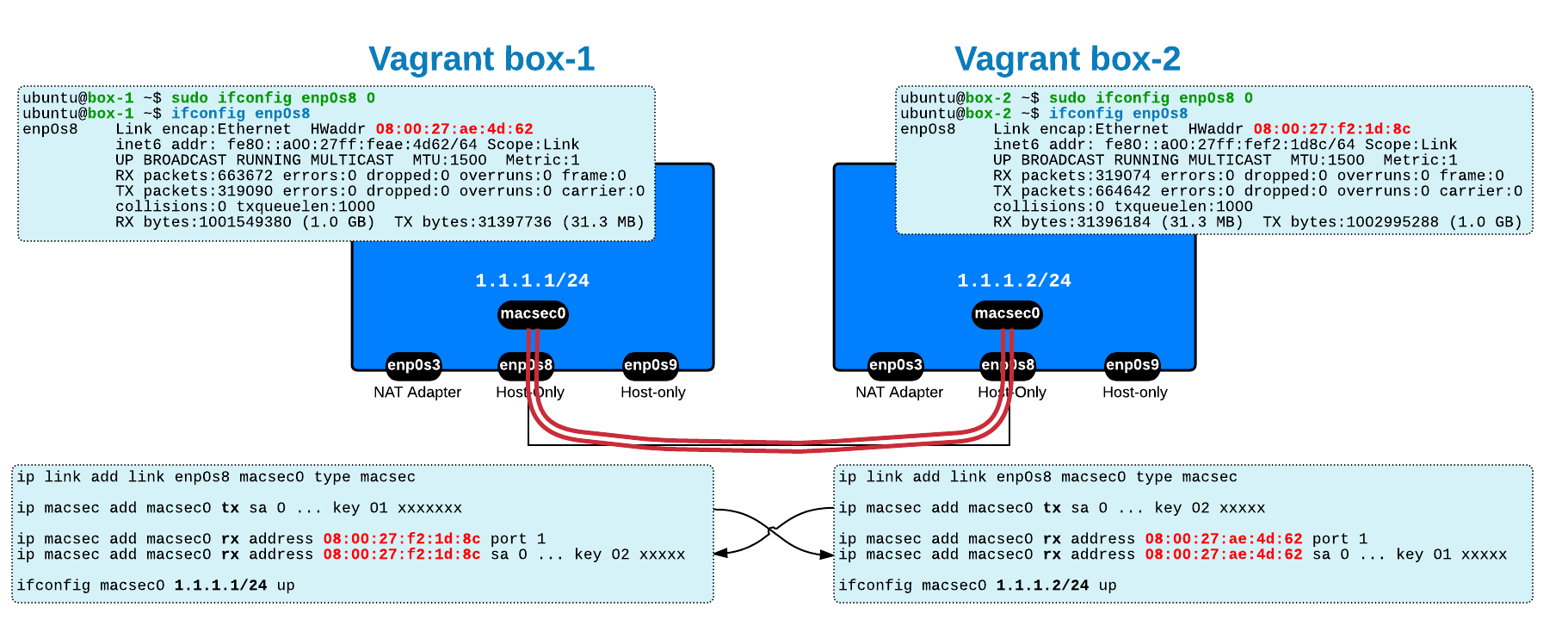After a nice vacation, I come back with the solution for quiz-7.
Have a look at the quiz to understand the problem.
Quiz Review
As indicated in the quiz, the network administrator discovered an access switch without MLS QOS (while all the other switches in the network were configured with it) and he took the initiative to enable it without thinking of the consequences.
As a result, from the moment he enabled MLS QOS, the switch started re-writing the DSCP bits of all packets and since no other QOS-related configuration was performed, show mls qos
Access-4(config)#mls qos Access-4(config)#^Z Access-4# Access-4#sh mls qos QoS is enabled QoS ip packet dscp rewrite is enabled
Since packets will have the DSCP reset to zero, the rest of the network will treat them in the best-effort class, which explains the latency problems.
The small trick hidden in the quiz is the question "Why everything was ok before his actions?". As most of you replied within the comments section, the answer is simple: with MLS QOS disabled, the switch does not change anything because there's no concept of trust or untrust, so packets sent with various DSCP/COS/IPPrec settings were forwarded by the access switch and treated accordingly by all other devices in the network (of course, this means that marking was performed by the application running on the end host).
QOS Review
Now, let's step back a little and review some things about QOS:
First of all, let's see various headers and the QOS bits within them (marked with red color):

Classification
To apply a different treatment to different traffic, the switch must distinguish packets from one another in a process called classification that results in generating a QOS label that will identify further actions which will be performed with the packet.
|
NOTES
|
|
Policing and Marking
As packets move through the switch, you can force them to comply with configured policies or profiles - policing determines if the a packet is in or out of profile (based on bandwidth/resource usage limits) and passes the result to marking process that will read configuration and take actions, such as:
- pass it further without modification
- drop down the QOS label
- drop it.
If the packet is out of profile and a drop down action is speficied, the switch will use the policed-DSCP map to generate a new QOS label.
Queueing and Scheduling
Since the total inbound bandwidth of all ports can exceed the bandwidth of the internal ring, ingress queues are used before packets are forwarded into the switch fabric. Later on, outbound queues are located/used to send them onto an egress port.
In a future post, I'll try to come with more explanations about queueing and scheduling, as this topic is rather large.
Quiz Solutions
In the end, let's get back to our quiz and say that the network administrator did not do a mistake by enabling MLS QOS, as one of the QOS design rules is to clasify and mark data applications as close to their sources as possible.
Hosts and servers are capable of marking the COS and DSCP values but it is a question of whether to trust them or not.
While enabling MLS QOS, the administrator needs to define the trust boundaries. Some devices can be trusted (fully or partilly/conditionally - see IP Phones) or untrusted. The access switches are the closest to the endpoints, so here is where you usually define your trust boundaries.
Solutions to the quiz:
- trust the QOS markings received from the application running on the end-host (or use DSCP-to-DSCP mutation maps)
- enable DSCP Transparency Mode using the
no mls qos rewrite ip dscp - use QOS ACLs to match the desired traffic generated by the specific application and apply the DSCP values to it
Thanks everyone for your comments in the quiz !






 Costi is a network and security engineer with over 10 years of experience in multi-vendor environments. He holds a CCIE Routing and Switching certification and is currently pursuing same expert-level certifications in other areas. He believes that the best way to learn and understand networking topics is to challenge yourself to fix different problems, production-wise or lab-type exams. He also enjoys teaching networking and security technologies, whevever there is an opportunity for it.
Costi is a network and security engineer with over 10 years of experience in multi-vendor environments. He holds a CCIE Routing and Switching certification and is currently pursuing same expert-level certifications in other areas. He believes that the best way to learn and understand networking topics is to challenge yourself to fix different problems, production-wise or lab-type exams. He also enjoys teaching networking and security technologies, whevever there is an opportunity for it.

Comments
comments powered by Disqus